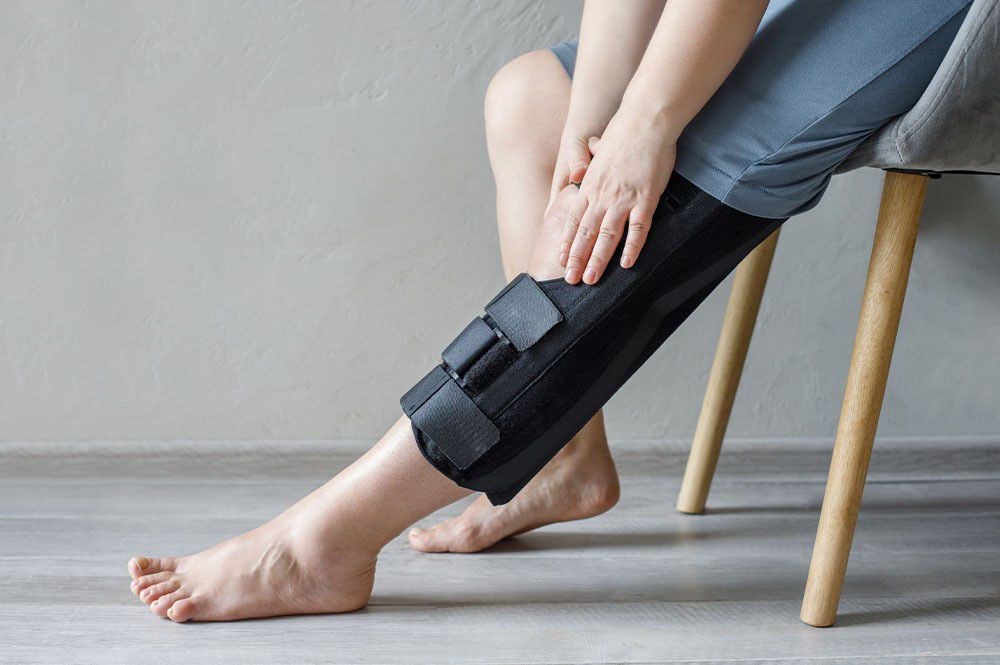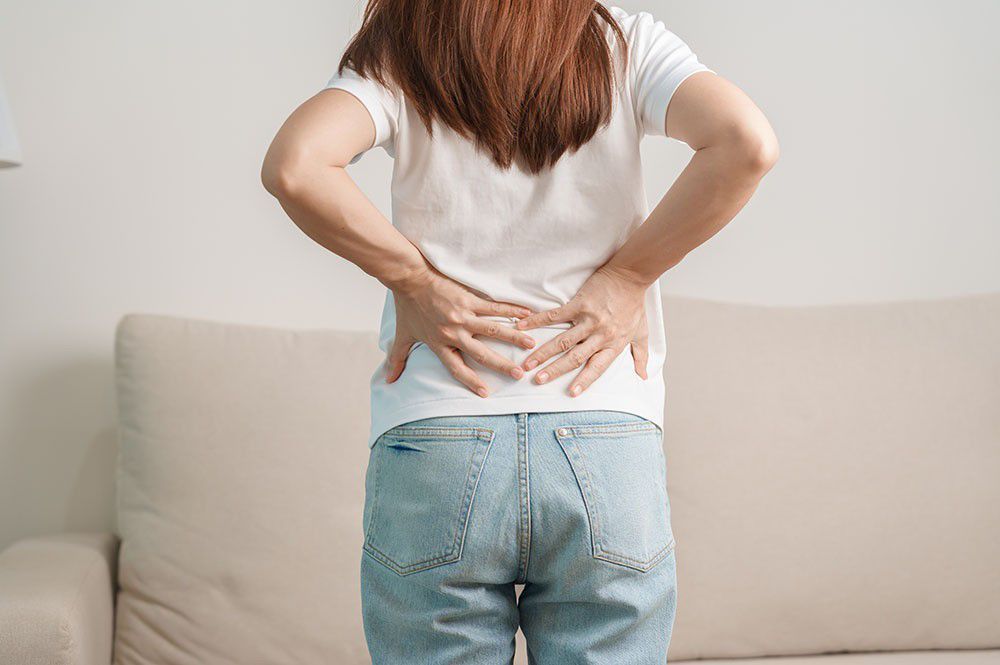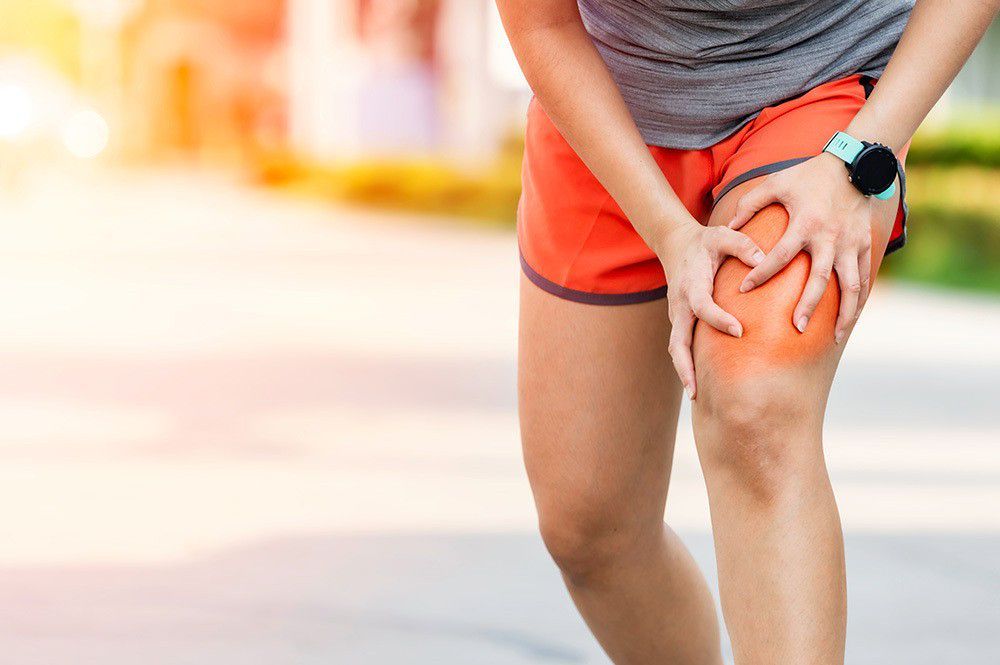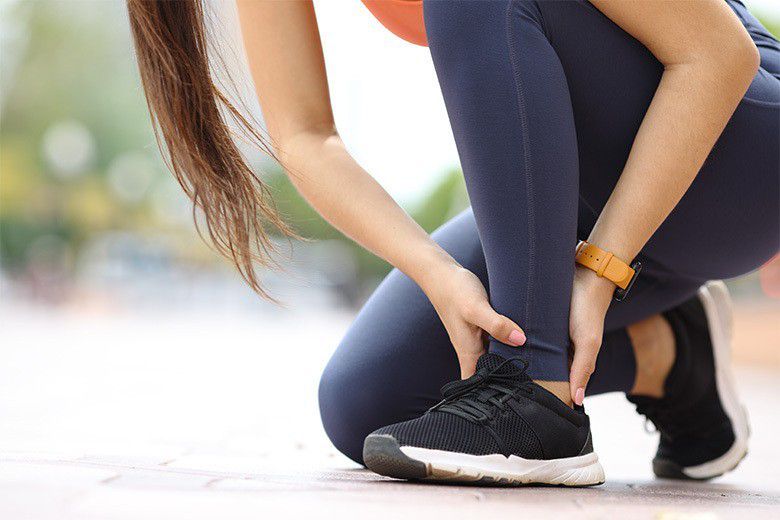Orthoses: characteristics and types

- 1 Types of orthoses
- 2 Analysis
- 3
- 4
- 5
- 6
- 7
- 8
Classification of orthoses
To explore the wide world of orthoses more fully, we can begin by saying that these devices are categorized into classes relating to four specific body regions, following the International Classification System.
- Lower limb orthoses,
- Upper limb orthoses,
- Spinal orthoses,
- Head orthoses.
In their respective classes, orthoses are grouped according to their function. There are orthoses for paralysis, pain relief and/or reduction, and bandages. Another classification of orthoses is based instead on the pathology for which they are intended:
orthoses for paralysis,
- orthoses for strokes,
- orthoses for peripheral nervous system diseases,
- orthoses for joint (or force-weight) unloading,
- functional bandages.
The significant difference between braces and orthoses is that braces are more flexible and usually allow greater freedom of movement. They consist of a compressive elastic fabric that adapts to the body’s anatomy but does not restrict mobility.
They can thus best perform their stabilizing function, improving the body’s proprioception and activating the surrounding musculature. In contrast, orthotics are more stabilizing.
The names of braces include the anatomical joints and body parts over which they extend.
For example, a knee-ankle-foot orthosis, KAFO for short, encompasses the knee joint, ankle, and foot. A thoracolumbosacral orthosis, abbreviated to TLSO, involves the thoracic spine, lumbar spine, and sacrum.
The change, transition, or combination from a brace to an orthosis or prosthesis can be frequent and essential. An example of when this change could be helpful is when compensating for the difference in leg length, equivalent to replacing a missing part of a limb. Another example is forefoot replacement after a forefoot amputation. This aid often consists of a combination of a prosthesis to replace the forefoot and a brace to replace the lost muscle function.
Adjustment and production of orthosis
Orthosis is available in different variations: custom-made, semi-finished, or pre-made.
Tailored customization represents the cutting edge in ensuring optimal care. When the patient’s diagnosis is more precise, and the clinical picture reveals a combination of different functional deviations in the neuromuscular and skeletal systems, each deviation may vary in severity. Combining these functional deviations and their manifestations leads to a detailed indication. A significant advantage of custom-made products is the ability to adapt the different functions of the orthoses optimally to the functional deviations identified during the configuration of the brace itself. In addition, the fit of the orthoses conforms optimally to the patient’s specific body shape.
Semi-finished products are used for rapid treatment of frequent diseases. They are industrially produced and, in some cases, can be partially adapted to the anatomical shape of the body. Custom-made and semi-finished products are used in long-term care. They are manufactured or adapted by mechanics qualified in orthopedic technology in the orthopedic workshop of a medical supply store on a doctor’s prescription.
The physician defines functional deviations in their prescription, such as for paralysis (paresis) of the calf muscles (gastrocnemius muscle) and the indication for an orthosis to restore safety when standing and walking after a stroke. The orthopedic technician creates another detailed diagnosis and compares it with the physician’s prescription. Ideally, the necessary functions and the functional elements to be integrated into the orthosis are discussed in an interdisciplinary team between the physician, physical therapist, orthopedic technician, and patient.
The finished products are short-term orthoses or bandages for limited therapeutic duration. They are usually produced industrially in various sizes and supplied or sold through medical supply stores after being prescribed by a physician.
Lower limb orthoses
This class of orthosis is dedicated to the foot, ankle joint, lower leg, knee, thigh, and hip joint.
Paralysis orthoses are used in situations of complete paralysis with total loss of muscle function or in cases of incomplete paralysis (paresis). They aim to correct or influence functional limitations or replace functions lost due to paralysis. Orthoses can also compensate for functional differences in leg length caused by paralysis.
Knee joint unloading orthoses, equipped with toothed segment joints, are used for patient care after cruciate ligament rupture. Joint unloading orthoses find application both in the management of degenerative diseases and after joint injuries, including, for example:
- Ligament injuries and joint wear and tear.
- Post-surgery such as complete joint replacement or joint structure surgeries or other bone, muscle, or joint ligament surgeries.
- Orthoses are also used for fixation, for form errors or deformities, such as orthotics in shoes, with or without a corrective function or a heterometry of the lower limbs.
Without surgery, many sports can be practiced only through orthosis’s offloading and/or protective function.
Upper limb orthoses
This class of orthosis is used in cases that affect the hand, wrist, forearm, elbow joint, upper arm, or shoulder.
Orthoses for the trunk
All orthoses affecting the spine and neck belong to the trunk category. A distinction is made between passive and active trunk orthoses.
In the case of passive orthoses, it is more appropriate to call them trunk orthoses, and they are, for example, so-called support and relief corsets whose primary purpose is to provide relief, support, and positioning, mainly for patients with pain and patients with an unstable spine.
Active back orthoses aim to correct the spine’s incorrect statics, e.g., for scoliosis, kyphosis, Scheuermann’s disease, hyperlordosis, and osteoporosis.
This type of device is most effective for directing growth in children and adolescents. However, adults can also use active trunk orthoses to improve posture and relieve pain caused by spinal problems. Although passive support braces are more comfortable, they can weaken back muscles and thus cause some degree of dependence.
Head orthoses
Orthoses that involve only the head are classified as head orthoses; those involving the neck area do not fall into this category.
Examples of head orthoses include, for example, orthopedic helmets.
Disadvantages and risks of conventional orthoses versus modern ones
One disadvantage and risk of conventional orthoses is that the purpose is often to immobilize joints, which simultaneously causes the weakening of the muscles around the joint. Orthotic functions using orthoses with dynamic functional elements, on the other hand, have the disadvantage that they involve additional strain on the patient, as they can be heavier than conventional orthoses. However, modern materials and manufacturing techniques can compensate for this disadvantage.
For example, there are cases where orthotics such as drop foot braces are a great way to compensate for the muscle weakness associated with drop foot, but they do not promote full recovery. Instead of rehabilitating the affected nerve pathways, conventional orthoses usually treat only the external physical symptoms. Patients, therefore, no longer have to use their brains to control certain functional areas, such as nerve pathways associated with the lifting. In the long run, these unused nerve pathways become weaker and weaker. This can lead to learned disuse, in which the brain realizes that it no longer needs to perform a function and decides that maintaining that capacity is no longer necessary. In contrast, modern orthoses with well-chosen functional elements promote plasticity in the neurological system.
Functional bandages
Functional bandages, also known as muscle support tape, protect joints from excessive stress. In sports, tapes are used to protect bones and joints. They consist mainly of elasticated fabric, some of which incorporate supportive elements. The support functions are minimal compared to paralysis and offloading orthoses. Some types of tapes and bandages also have proprioceptive effects (kinesiotaping). Tapes are also classified based on body part.









